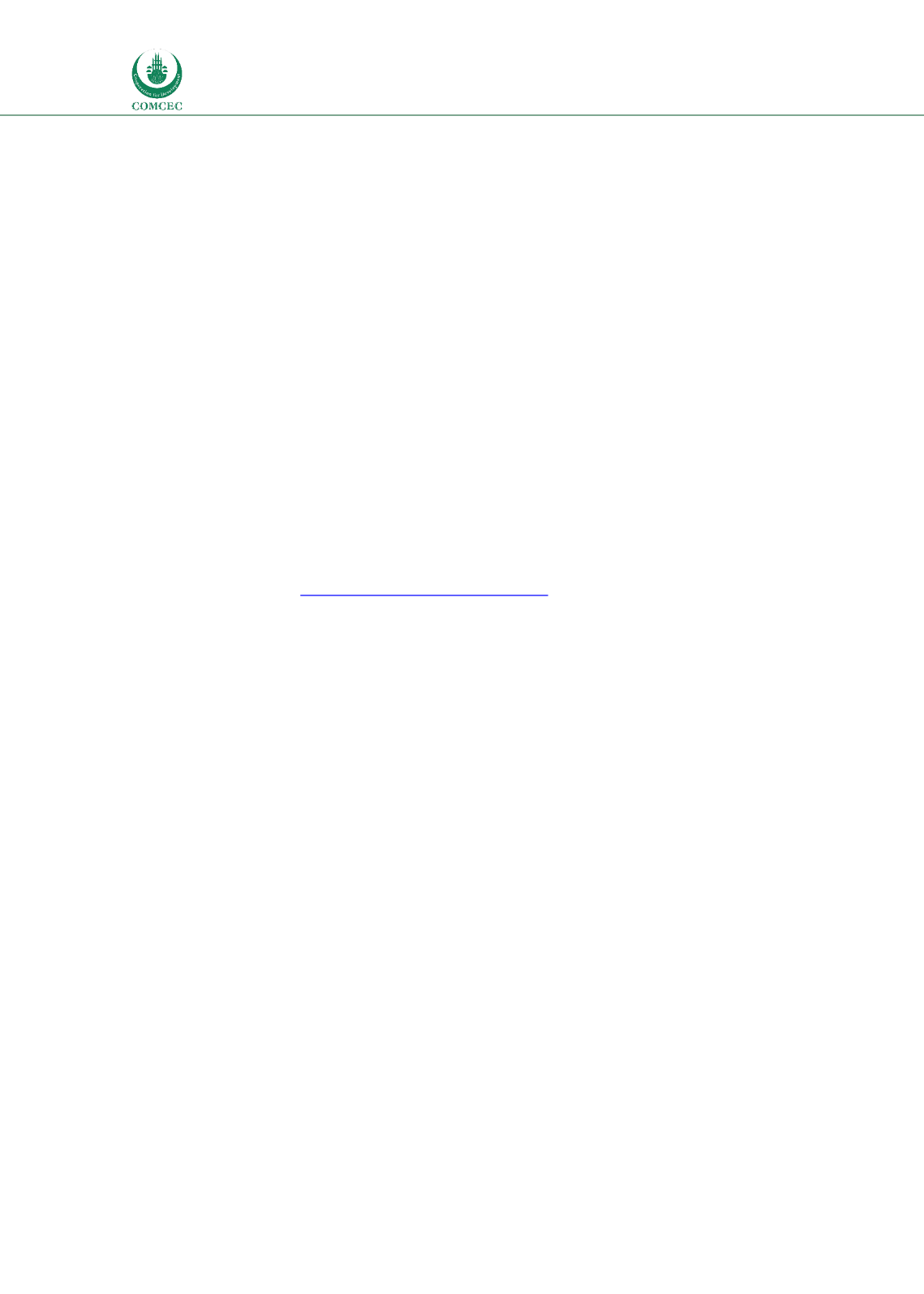

Risk & Crisis Management in Tourism Sector:
Recovery from Crisis
in the OIC Member Countries
104
5.1.3.
Addressing Crises in South African Tourism
As shown above, visitor numbers overall to South Africa have generally risen year on year for
the last decade except in 2009, when the decline was due to the global financial crisis, and 2015,
because of the impact on important markets of the new visa regulations. A closer look at the
figures however reveals that the principal increase has come in the segment of ‘African Land’
tourists, i.e. people from SADC countries, many of whom visit for just 1 day for small-scale
trading purposes. This leaves businesses which rely on forms of tourism other than VFR and
small-scale trading in a challenging situation. They have become practised at having to address
South Africa’s poor image overseas, especially in Western markets. Actions they take include:
Lobbying government departments responsible for policies and regulations perceived
as obstructive or damaging to the free movement of tourists, such as the stringent new
visa regulations (for which the Ministry of Home Affairs is responsible). This is done by
individual companies or through trade bodies such as the TBCSA.
Creative and frequent use of ‘good news’ stories by public and private sector via
bloggers and press releases, including efforts to get across the message that attacks on
tourists are rare. Some of these stories are tapped from a website entitled “South Africa:
the Good News”
( https://www.sagoodnews.co.za/) set up by a South African to counter
negative stories picked up by the media.
Use of professional PR agencies to ‘manage the message’. In 2014 a PR agency – Bell
Pottinger – was given a three-year contract to shift the perception of South Africa in the
UK away from it simply being a safari destination. The images currently presented on
the homepage of SAT’s website in the UK illustrate this approach: they depict sporting,
adventure, culinary and cultural activities rather than safari tours. Unfortunately, This
campaign backfired spectacularly when it emerged in June 2017 that the PR company
was at the same time working for a different government group to whitewash financial
transactions between politicians and the private sector (BizNews, 14 June 2017).
Introduction in 2010 – in time for the World Cup - of a ‘Tourism Safety Initiative’ (TSI),
which collects data on crimes committed against tourists and tourism businesses and
works with the police and other government departments to try and reduce crime
levels. The TSI is a private sector initiative introduced by SATSA and run by the TBCSA.
Its vision is “To strengthen tourist and trade confidence in destination South Africa as a
safe place to visit or travel and operate within” (TBCSA, n/d). However, according to one
informant the TSI is no longer particularly active (Saunders, pers. comm., 11 May 2017).
Introduction by SAT of a crisis manual with guidelines as to how to react in the event of
a crisis such as a terrorist attack. This is an interdepartmental plan which is
continuously updated, with training of heads of government departments carried out
(Whitehouse, pers. comm., 11 May 2017). This initiative does not directly involve the
private sector, but the TBCSA is kept informed of its existence.
















